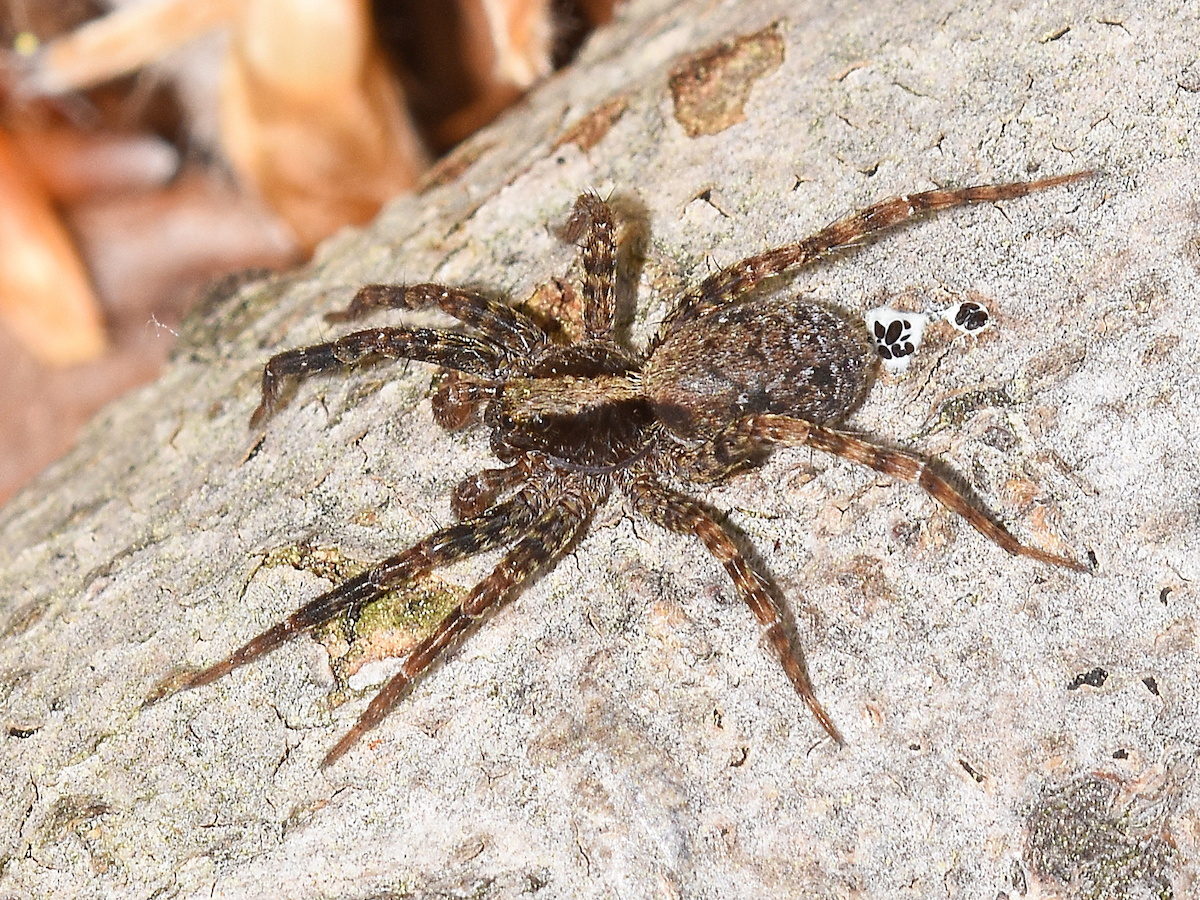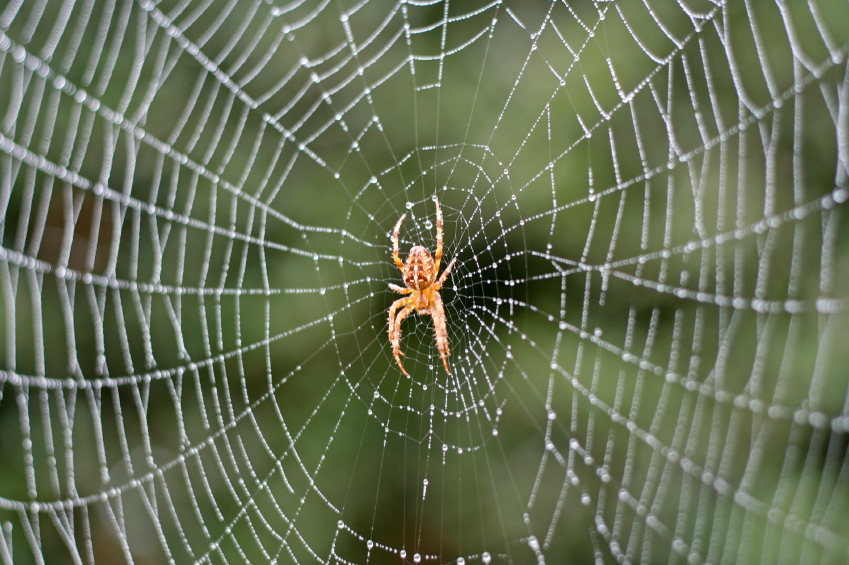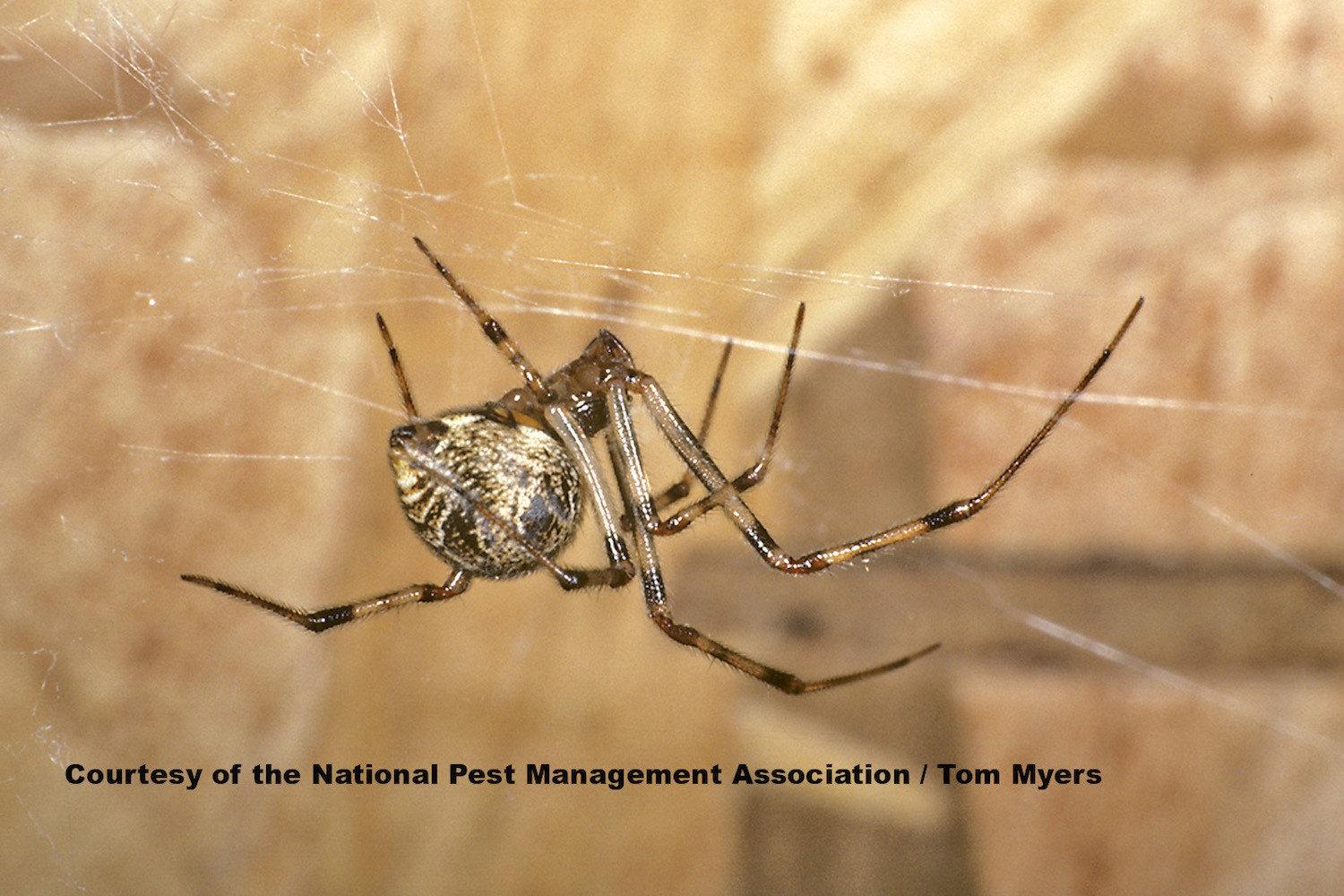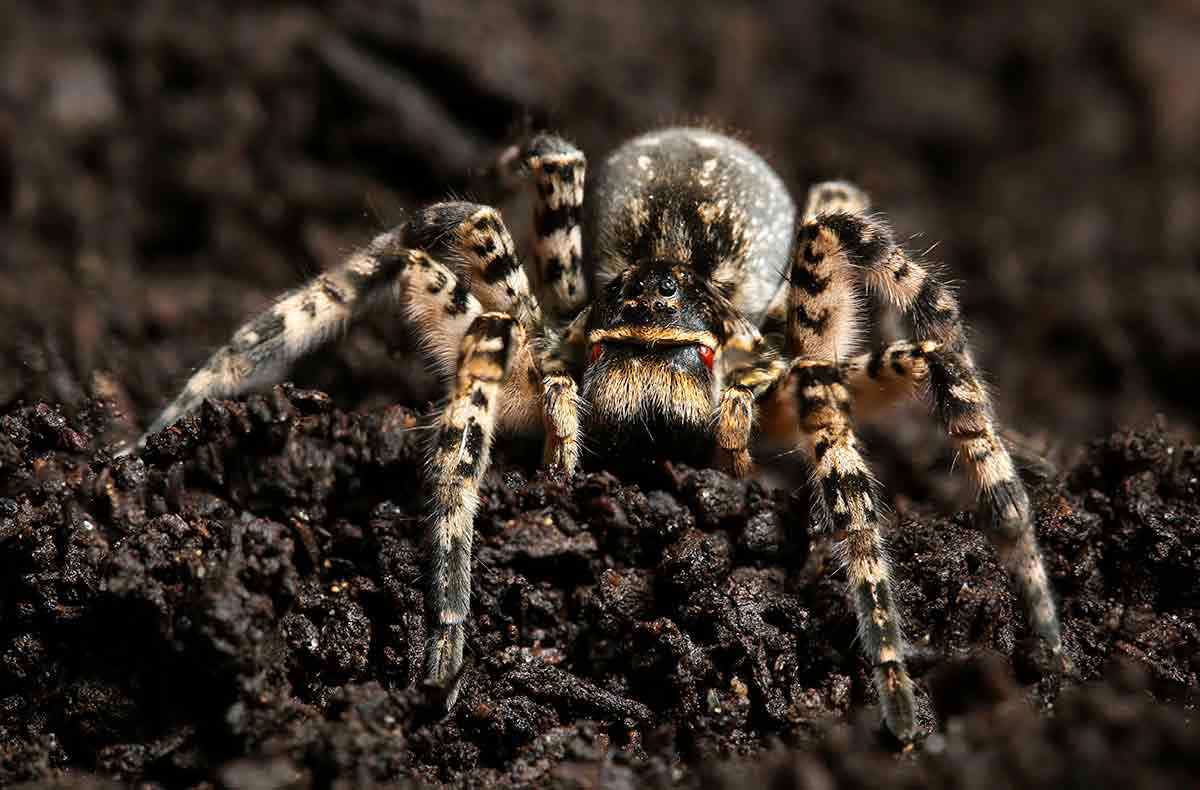Wolf Spiders Lycosa

Color: Usually dark brown, often with paler (or sometimes yellow) stripes or markings
Size: 3/8 – 1 3/8“ (female) 1/4 – 3/4“ (male)
Legs: 8
Antennae: No
Shape: Stout-robust body with long, spiny legs
Region: Found throughout U.S.
What is a wolf spider?
Unlike most spiders, wolf spiders don't hunt with webs. Instead, they chase their prey using their fast running ability. These spiders are often big and hairy which alarms some people, but they are primarily nuisance pests. Over 100 species of wolf spiders are found in the United States and Canada.
Wolf spiders actively hunt during the night and usually rest in sheltered places during the day. They are fast on their feet and pursue prey. Because of these habits, wolf spiders are commonly seen by people.
Wolf spiders may enter structures in search of prey. Although they are not inclined to be permanent residents in structures, they often stay once inside. Indoors, wolf spiders tend to remain at or near floor level, especially along walls and under furniture. Outside, wolf spiders can be found under stones, landscape timbers, firewood, leaves and other debris.
Because wolf spiders feed on a variety of insects, including crop pests, they can be beneficial. Wolf spiders can bite, but it's extremely rare to experience a wolf spider bite unprovoked. They will only bite if they are handled. The presence of wolf spiders in homes is usually accidental.
To prevent wolf spiders, seal cracks on the outside of the home and use screens on doors and windows. Pest management professionals will often place glue traps where the wolf spiders have been seen in order to remove them from the home.
If you suspect a wolf spider infestation in your home, the best course of action is to contact a licensed pest control professional. They will conduct a thorough inspection to identify the full extent of the problem. Once the situation is properly identified, the appropriate control measures can be taken.
You can find a professional near you with the helpful zip code search below.




